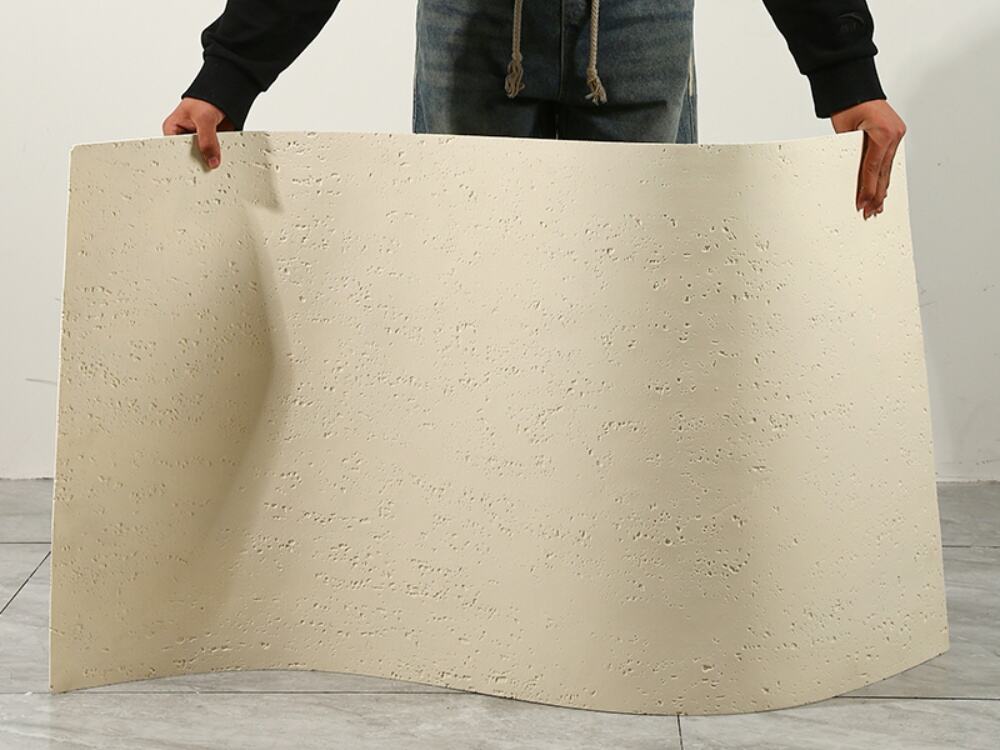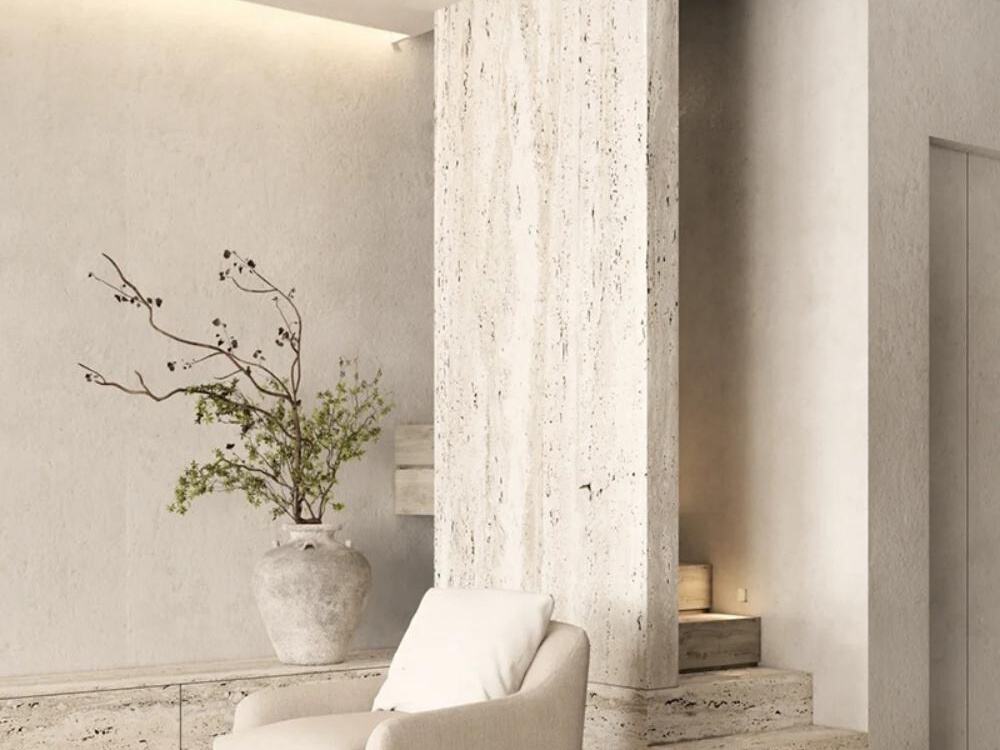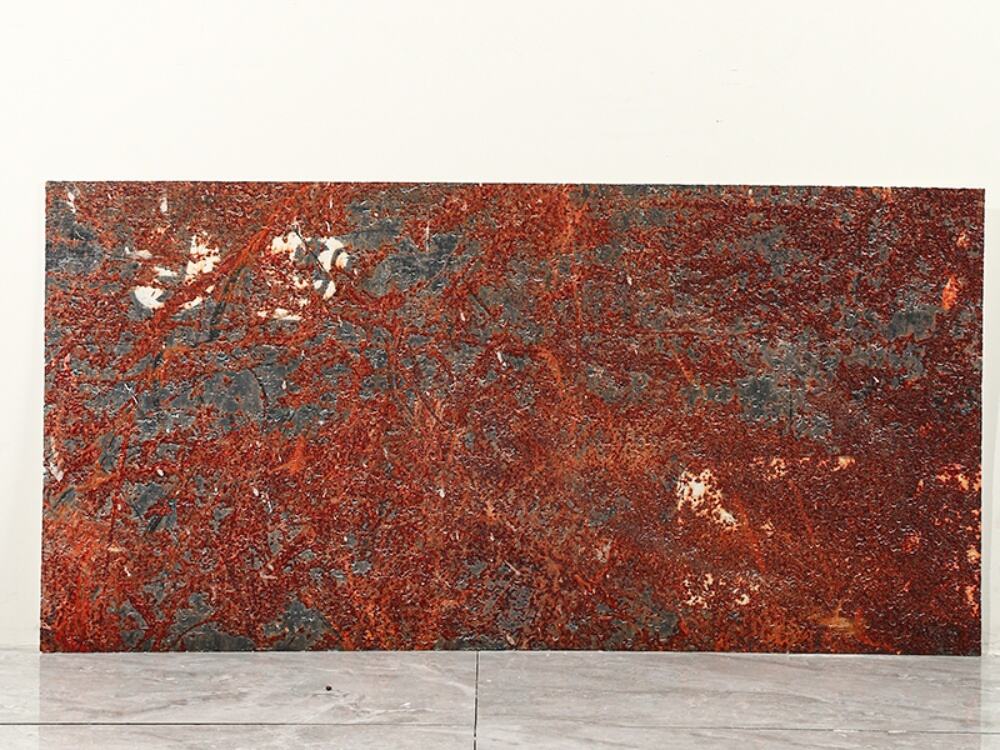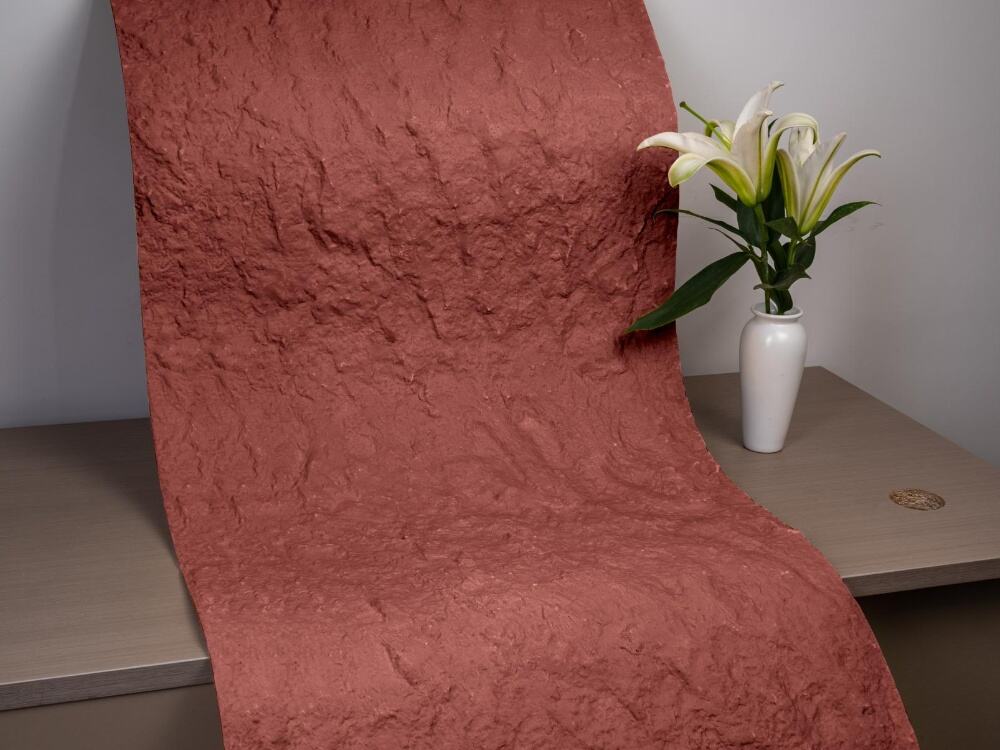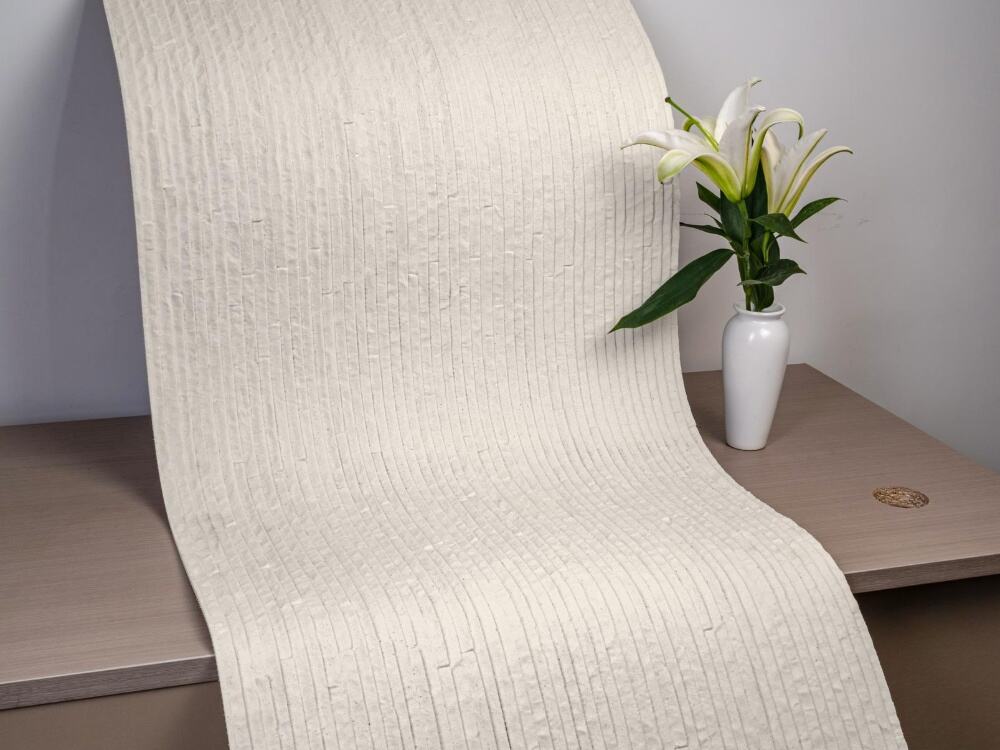Falading New Decoration Material Co., Ltd. Best-selling soft stone products
1. Product composition
Soft stone is a flexible decorative material made of natural soil (accounting for about 90%) and water-soluble polymer additives (10%), sintered at a high temperature of more than 400°C. Its core technology is realized through molecular modification and light irradiation shaping process, which subverts the traditional hard ceramic process and gives the material elasticity and flexibility. Some high-end products also add marble powder or polymer composite materials to further optimize the texture simulation and durability.
2. Product features and advantages
Soft stone has rapidly emerged in the field of architectural decoration due to its unique properties:
Lightweight and flexible: The weight is only 1/3 of that of traditional stone, and it can be bent and fit special-shaped surfaces to reduce the building load. It is especially suitable for high-rise buildings and exterior wall insulation systems.
Environmentally friendly and sustainable: There is no wastewater or waste gas emission during the production process, and the waste can be 100% recycled and reused, which meets the standards of green building materials.
Convenient construction: It can directly cover old tiles or walls without removing the original base, saving construction time and costs.
Safe and durable: fire retardant (B2 grade), anti-slip and earthquake-resistant, acid and alkali resistant and freeze-thaw cycle resistant, with a service life of more than 10 years.
Diversified expression: supports customized textures and colors, imitating natural stone, wood grain or artistic patterns to meet personalized decoration needs.
3. Market trends
In recent years, the soft stone market has shown the following trends:
Application scenarios have been expanded: from traditional building exterior walls to interior decoration (such as background walls, floors), commercial spaces (hotels, shopping malls) and garden landscapes, with diversified demand.
Driven by environmental protection policies: The global emphasis on green building materials has accelerated the replacement of natural stone with soft stone, and its low-carbon production process and recyclable characteristics have become core selling points.
Driven by technological innovation: Enterprises improve product performance by improving foaming technology and developing composite reinforcement materials (such as FRP soft stone), and carbon fiber or glass fiber reinforced soft stone has increased its share in the high-end market.
Regional market growth: As a major producer, China is accelerating the expansion of emerging markets such as Southeast Asia and the Middle East by relying on cost advantages and technological iterations. The global soft stone market size is expected to expand at an annual compound growth rate of more than 15% from 2024 to 2030.
4. Development prospects
In the future, the soft stone industry will focus on the following directions:
Technology upgrade: Research and develop composite materials with higher density and stronger weather resistance, integrate intelligent functions (such as self-cleaning coatings), and increase product added value.
Deepening green production: Promote water-based coatings and bio-based additives, reduce production carbon emissions, and promote a circular economy model.
Expansion of high-end applications: Explore the application potential of soft stone derivative materials (such as high thermal conductivity composite panels) in scientific and technological fields such as semiconductor heat dissipation and quantum computing.
Global layout: Chinese companies seize market share in countries along the "Belt and Road" through technology output and capacity cooperation and establish a global supply chain network.
Summary
Soft stone is gradually replacing traditional stone with its advantages of light weight, environmental protection, and flexible construction, and has become a new favorite in the architectural decoration market. With technological iteration and policy support, its application scenarios will continue to expand and market penetration will increase significantly. It is estimated that the global market size will exceed 100 billion yuan in 2030, leading the industry to move towards green and intelligent directions.
